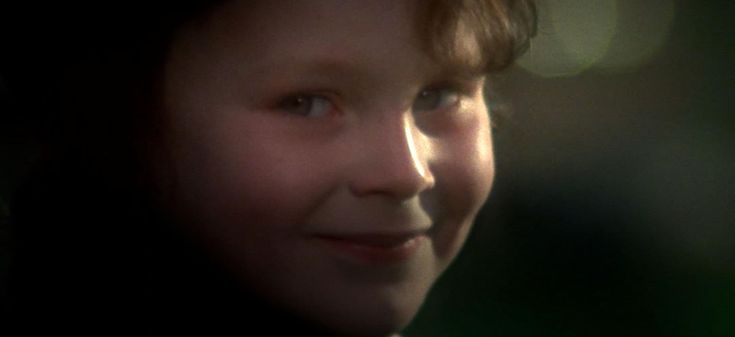Who, or what, is responsible for most, if not all, of those beloved and grisly “accidental” deaths that occur throughout the trilogy?

Yes. TRILOGY. As far as I am concerned Omen IV: The Awakening never, ever happened. It was just an unpleasant fever dream I had back in the 1990s. I also do not consider the two delightfully bonkers tie-in novels that were written by Gordon McGill (Omen IV: Armaggedon 2000 and Omen V: The Abomination, respectively) to be legitimate sequels for this very simple reason…

The Final Conflict ended with the Second Coming of Christ. That means GAME OVER! The Anti-Christ has been defeated and the Actual-Christ is doing his whole Thousand Year Reign on Earth thing. There might be more to it, depending on which variation of Christianity you may, or may not, believe, but I am just going to stick to the basic fact that Christ returns. He’s walking around Earth, doing his whole salvation thing.
Yet the Second Coming of Christ is never, ever mentioned in Omen IV: The Awakening, or in either Omen IV: Armaggedon 2000 or Omen V: The Abomination, which means it did not happen and that means…
Wait a minute, I am digressing. I do tend to overthink this stuff, don’t I?
Yet that digression does get me back to my original random thought or observation concerning all those bombastic and horrific accidents that might make, as John McCarty put it in his seminal book Splatter Movies, “one [begin] to wonder if Damien’s protectors aren’t trying to call attention to him rather than keep his identity a secret.” [Splatter Movies: Breaking the Last Taboo of the Screen, John McCarty, Page 108.]
Now, to borrow [steal] something George Carlin said, I have this moron thing I do, it’s called thinking.
If the coming of the Anti-Christ is one of several elaborate set-ups for Christ’s inevitable return, why are so many people trying to stop and/or destroy Damien? Doing so just screws up God’s Divine Plan. If you believe, then discovering that there is an actual flesh and blood Anti-Christ walking the Earth would be a good thing. That means Christ is on his way. Stopping, or killing, Damien stops that, because the Anti-Christ is supposed to set the stage for Christ’s return. No Anti-Christ, no Christ.
So, in my oddball way of thinking this through, killing Damien would only delay the End Times. Because, if you are a believer in this kind of thing, this is fated to happen no matter what you do. Satan might happy with a delay. God, on the other hand, would not.
Which is why I kind of suspect that God just might be responsible for some these deaths. “He” just might be doing some old-fashioned smiting from the heavens, shouting in a thunderous voice, “STOP FUCKING UP MY DIVINE PLAN YOU DISBELIEVING INGRATES!”
Just a random thought…















